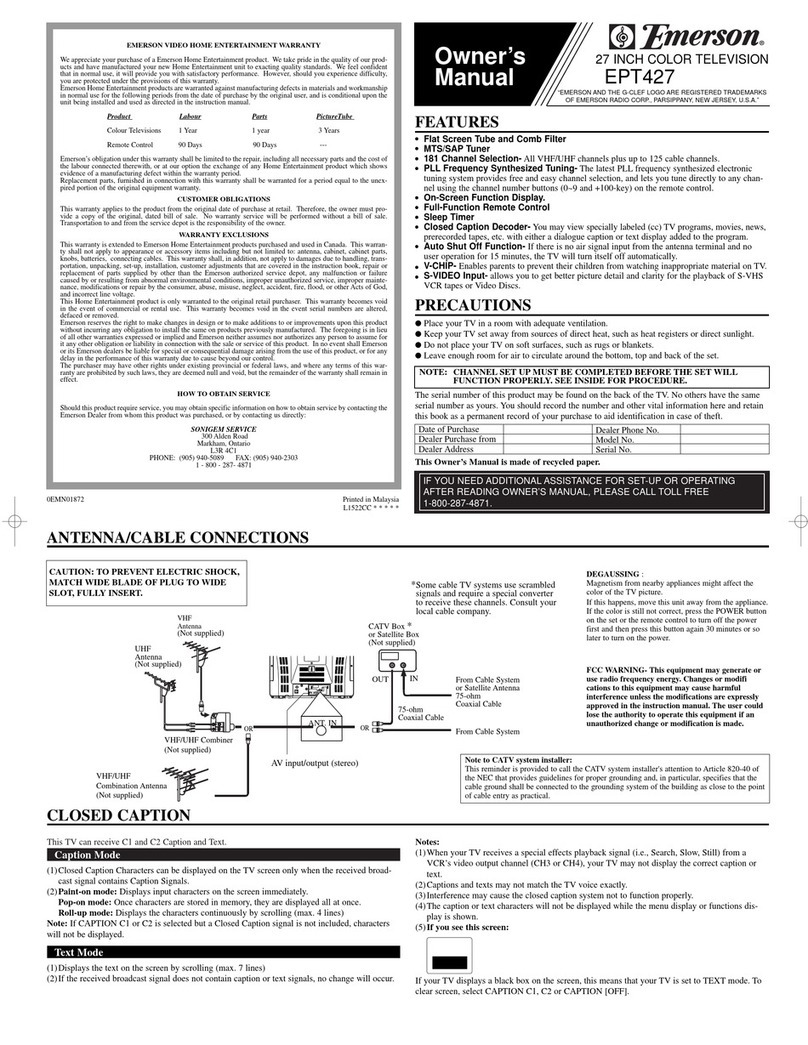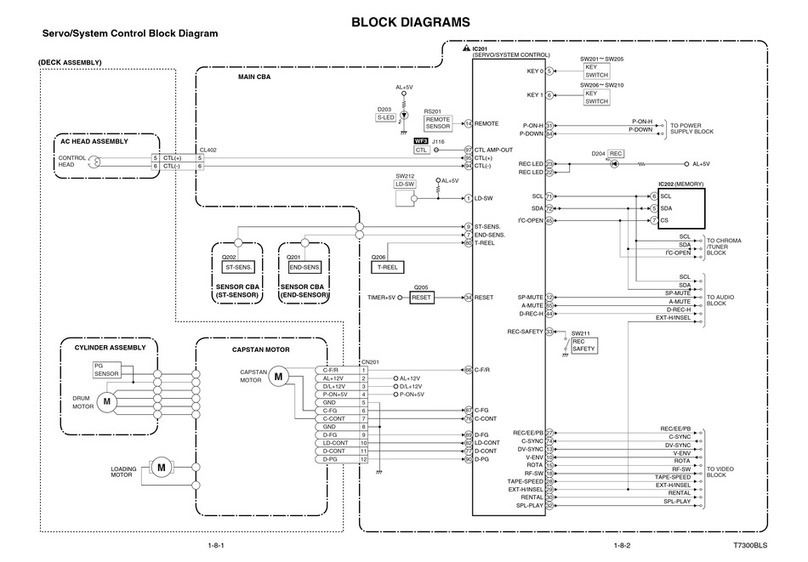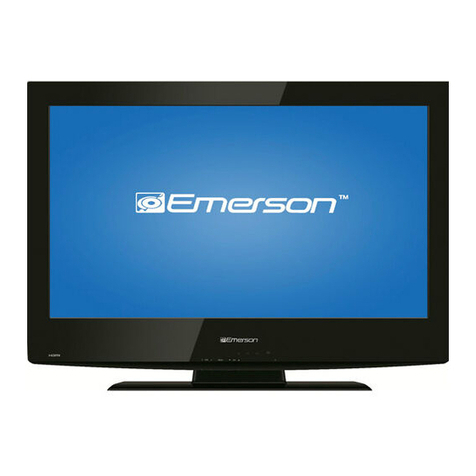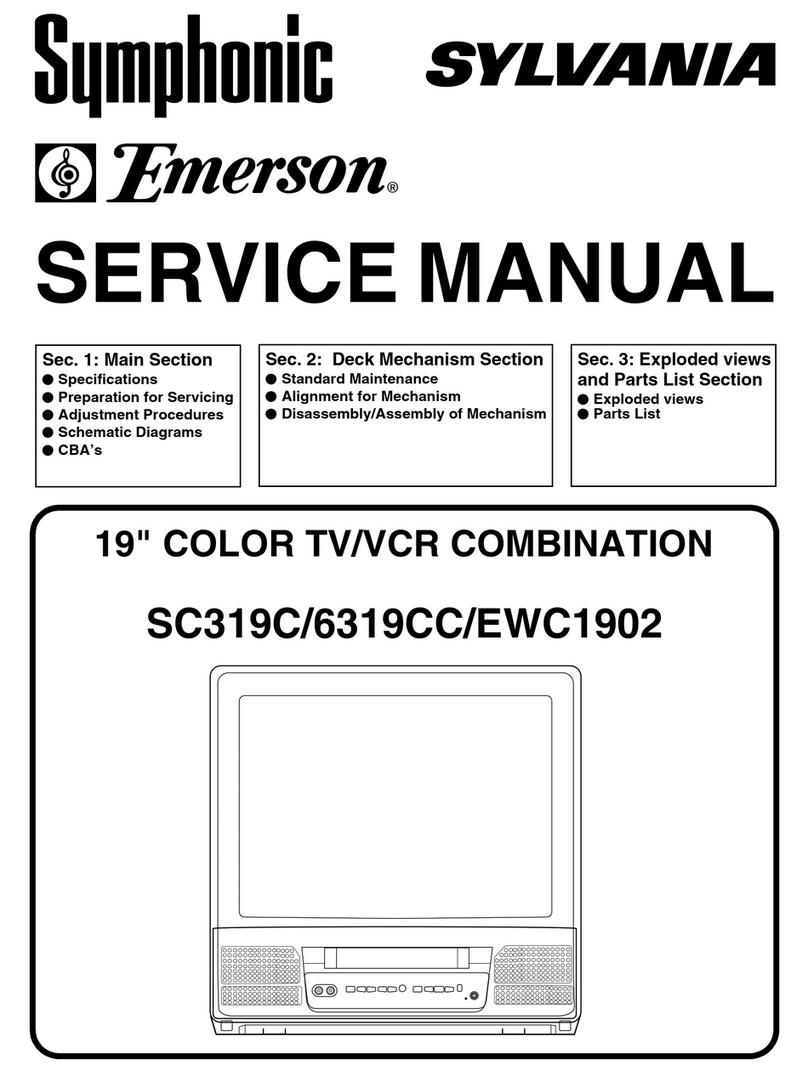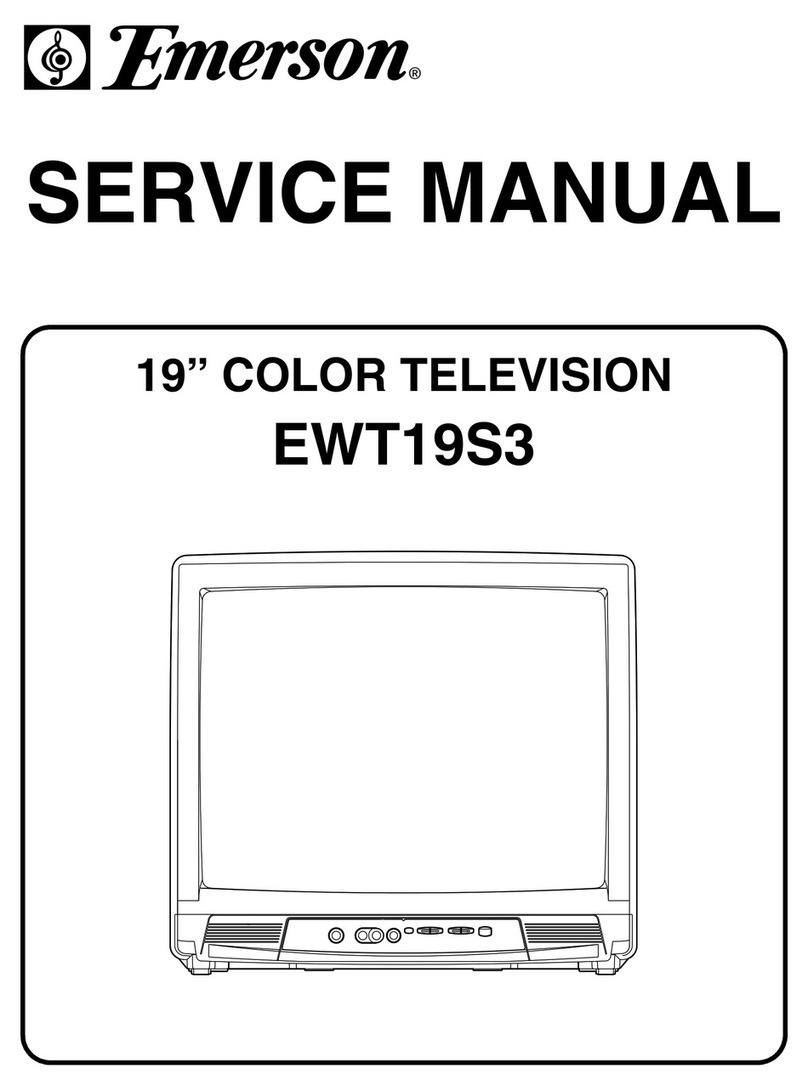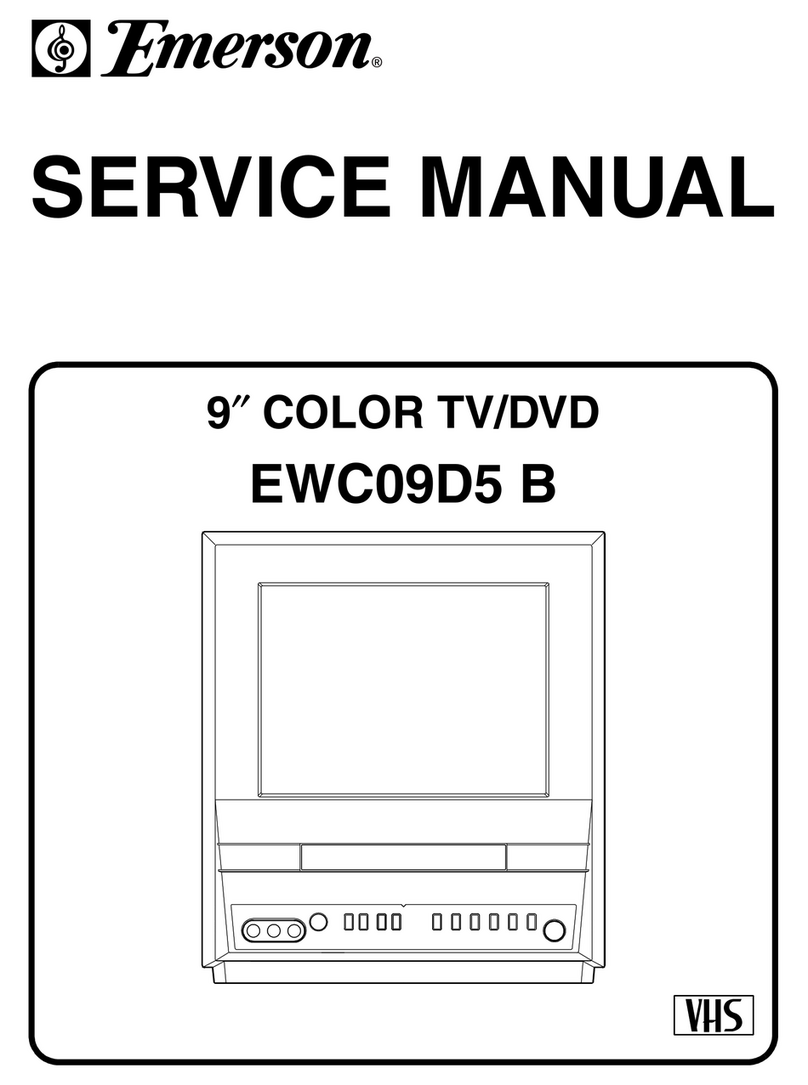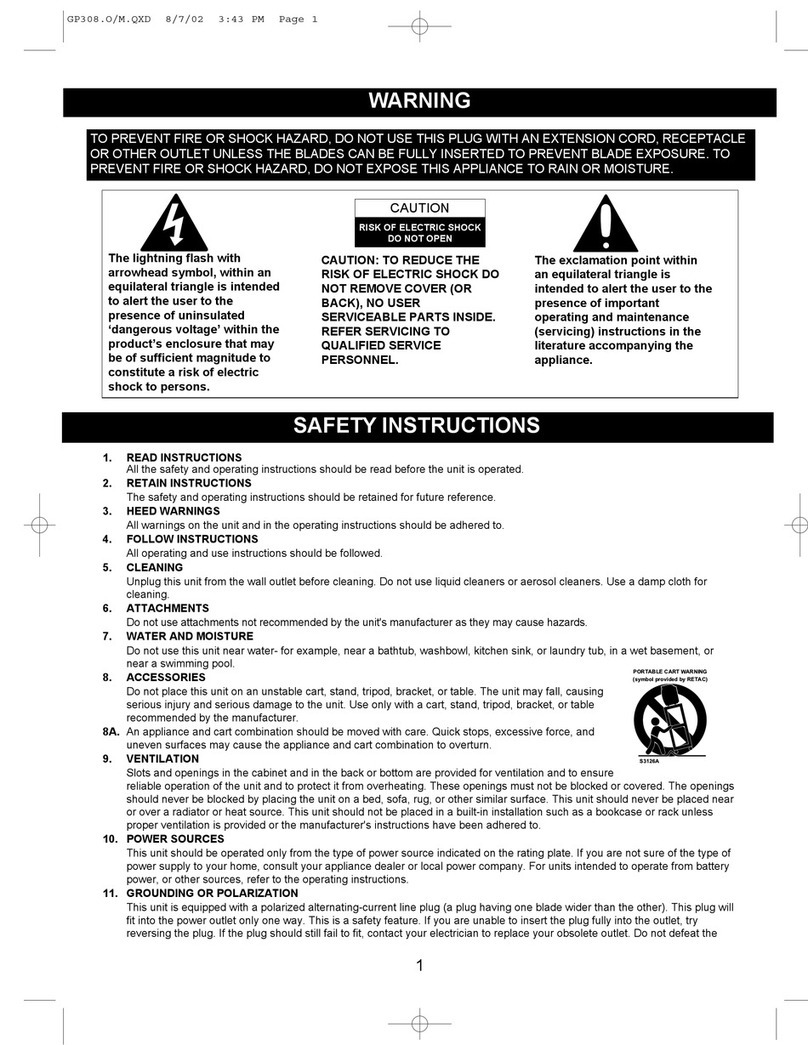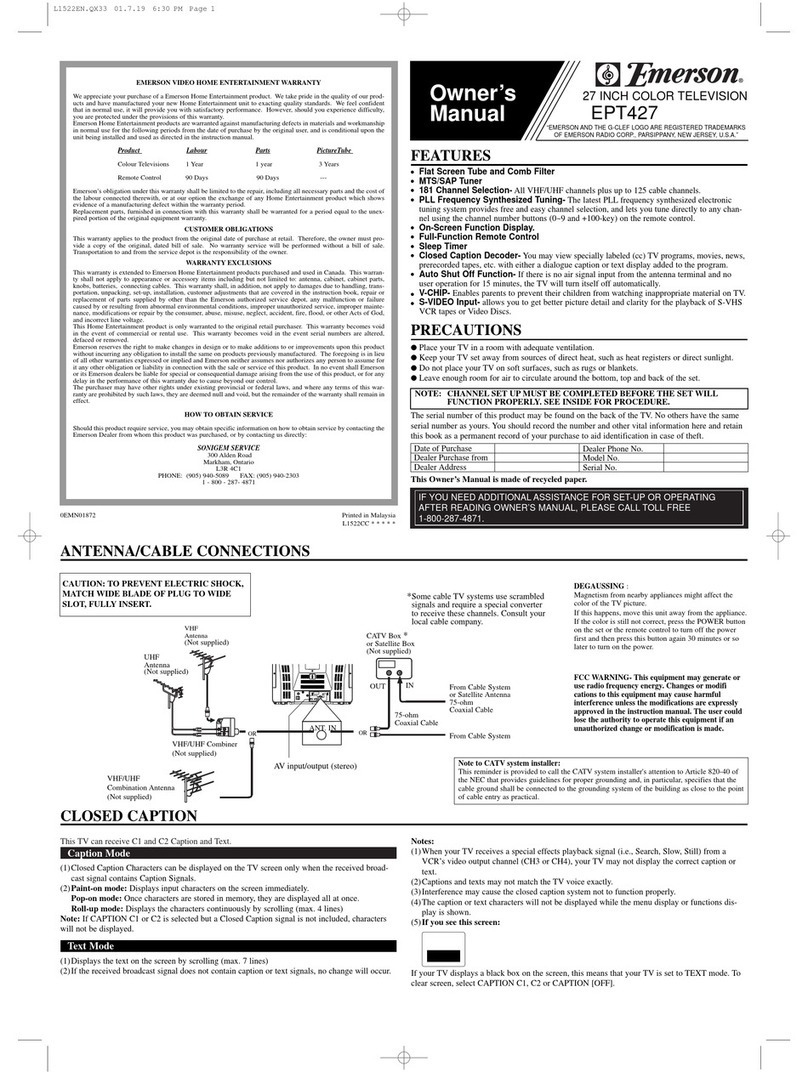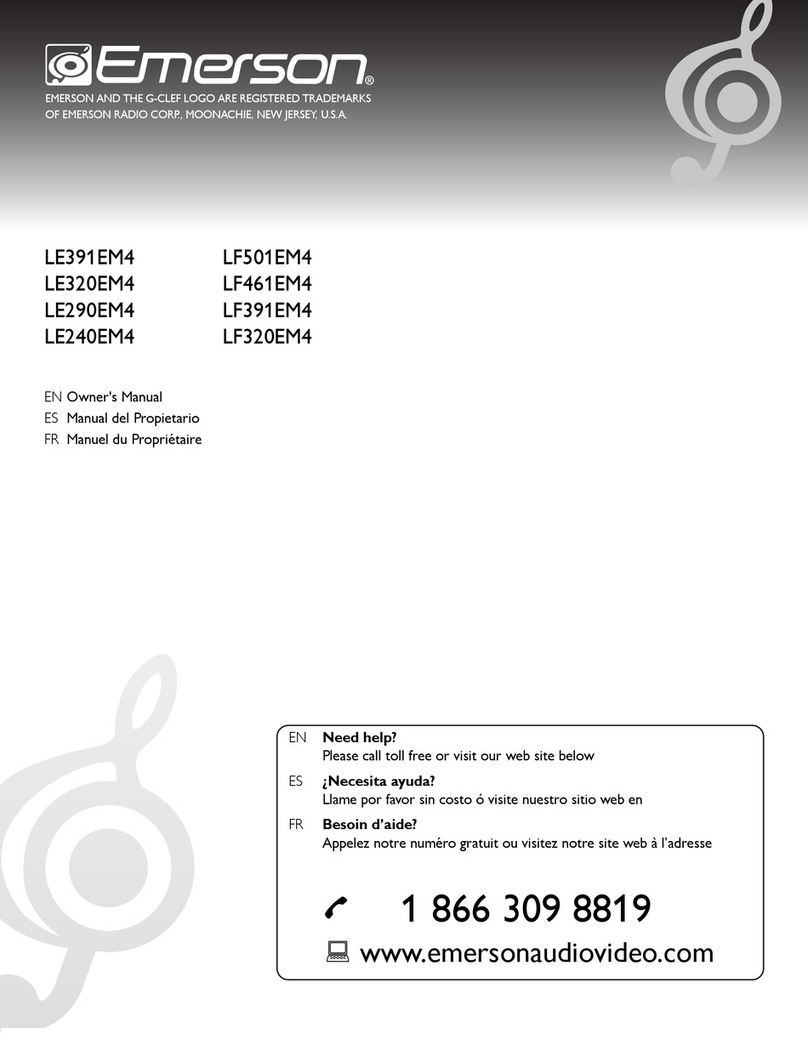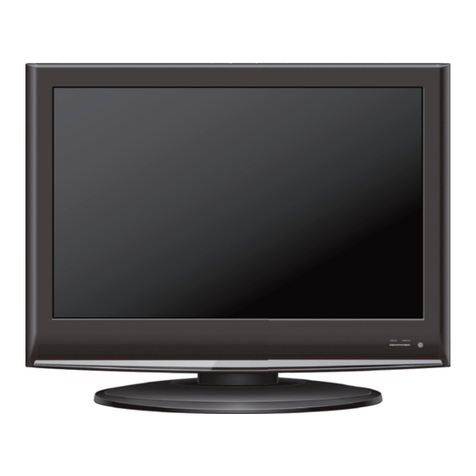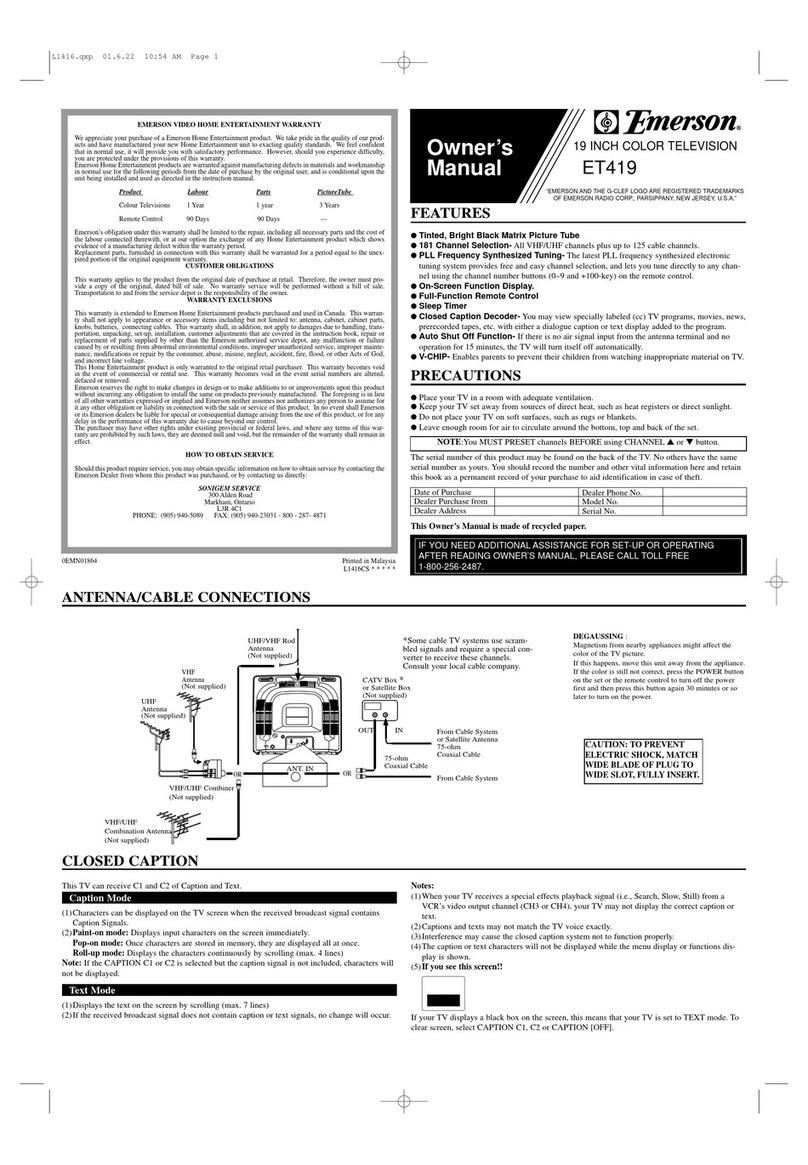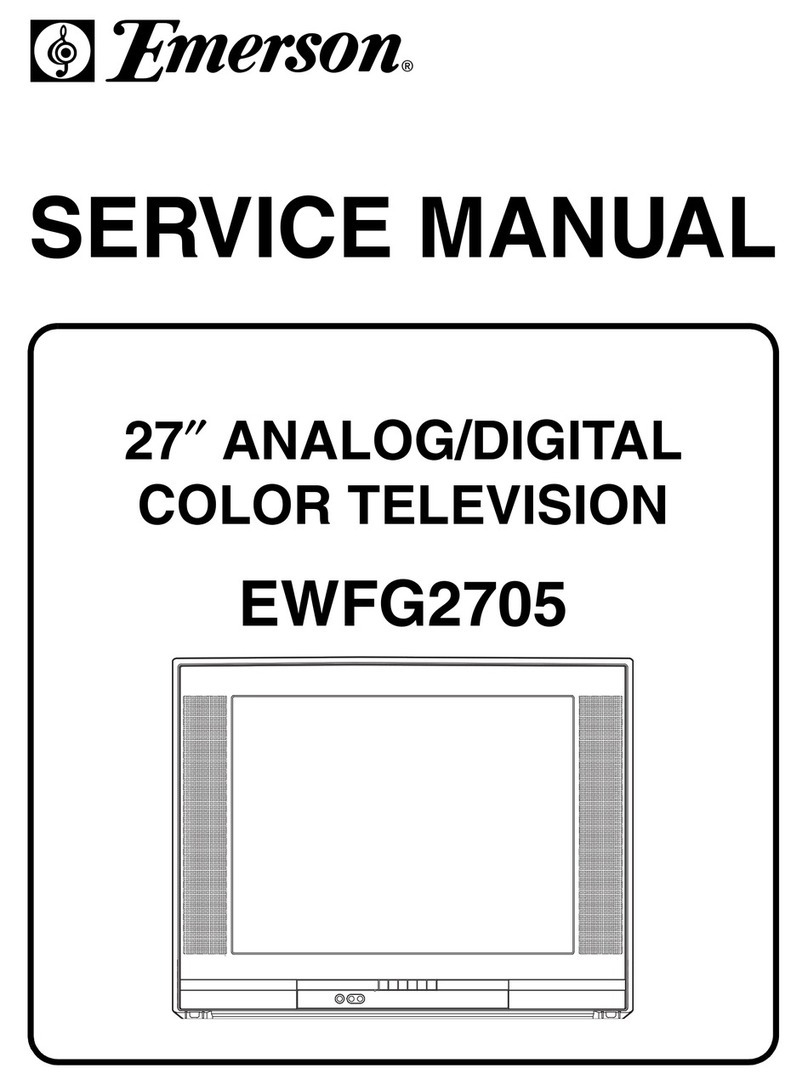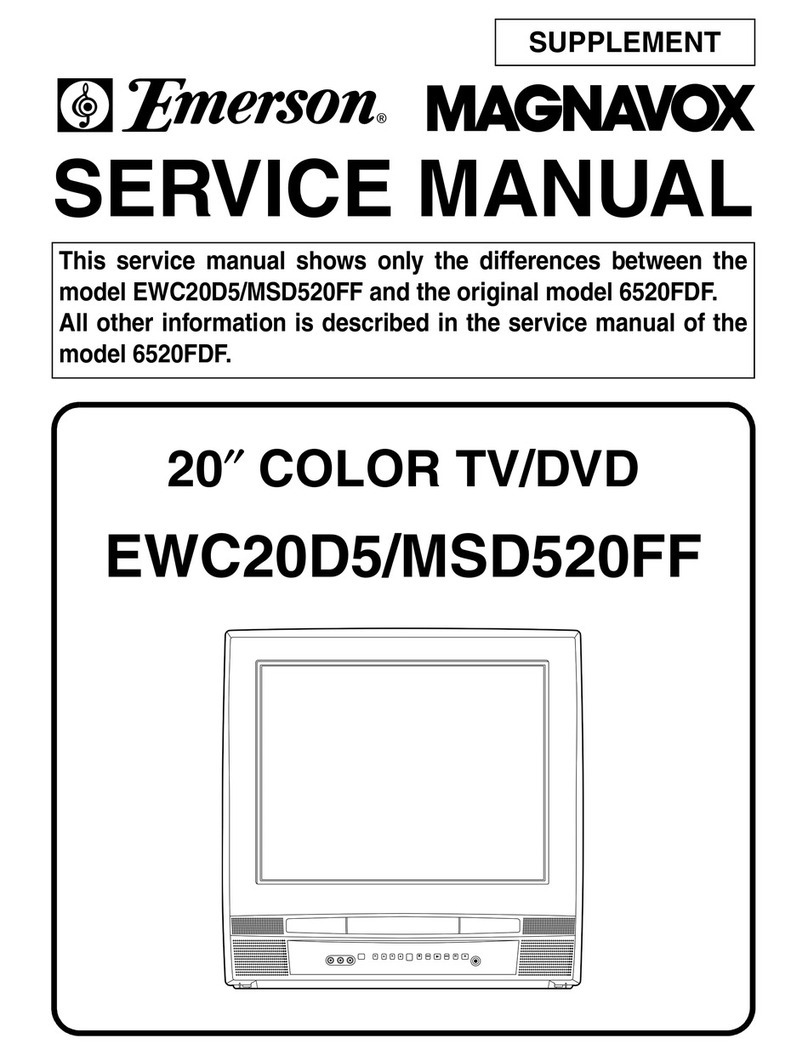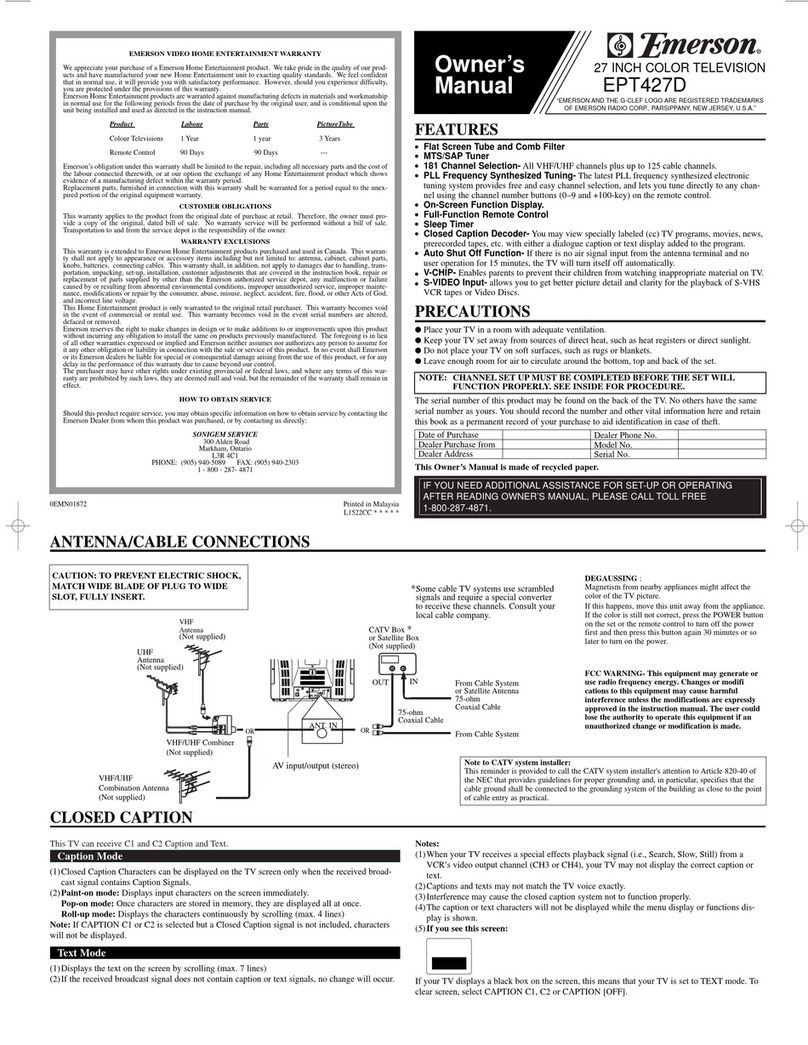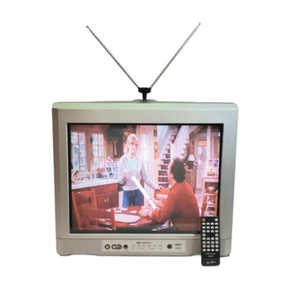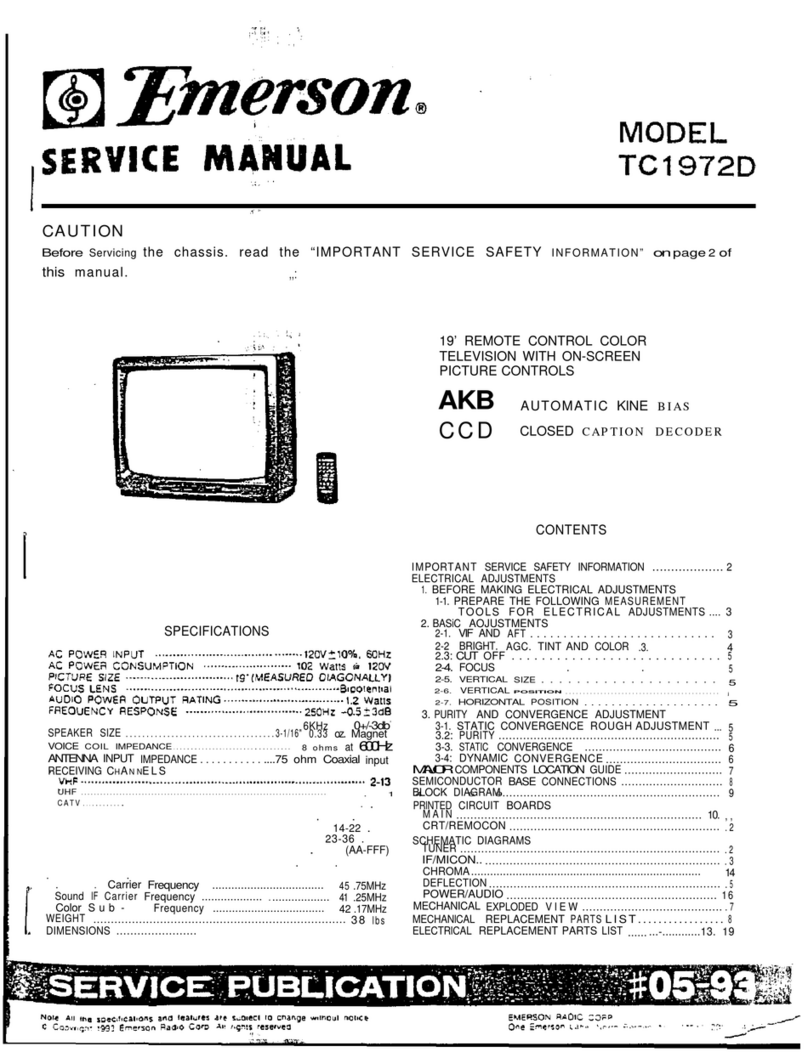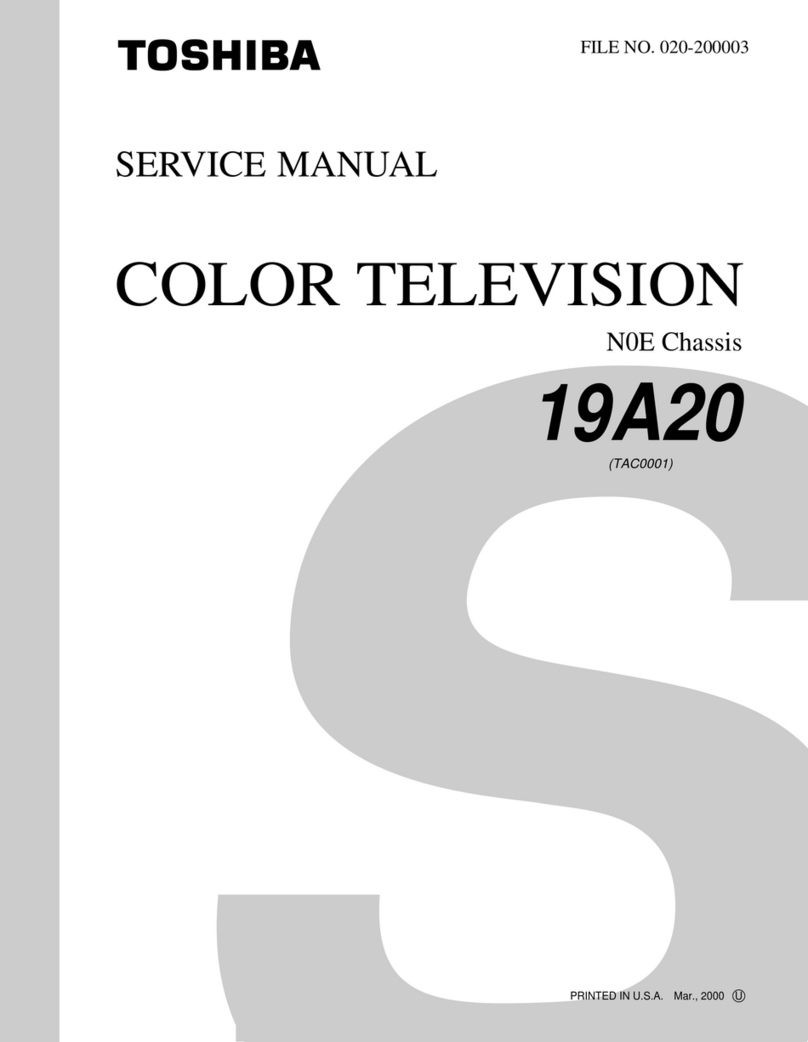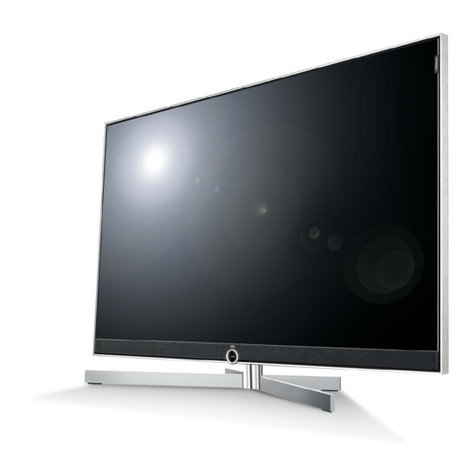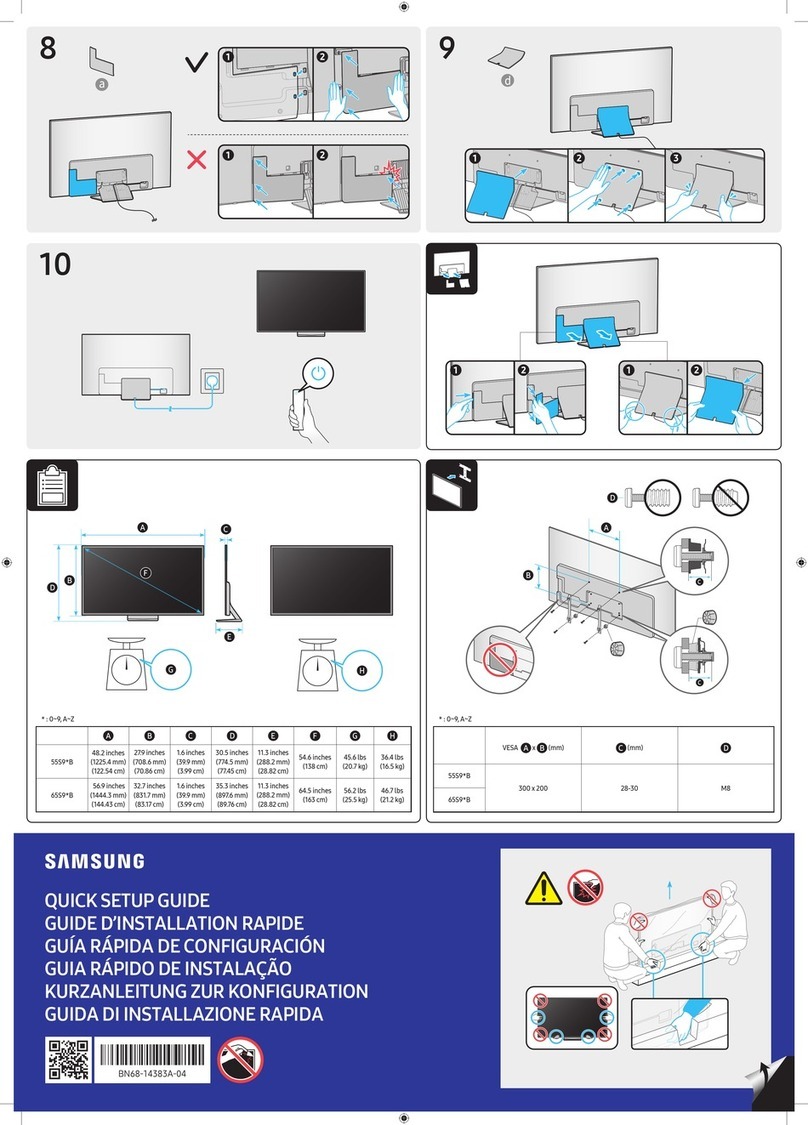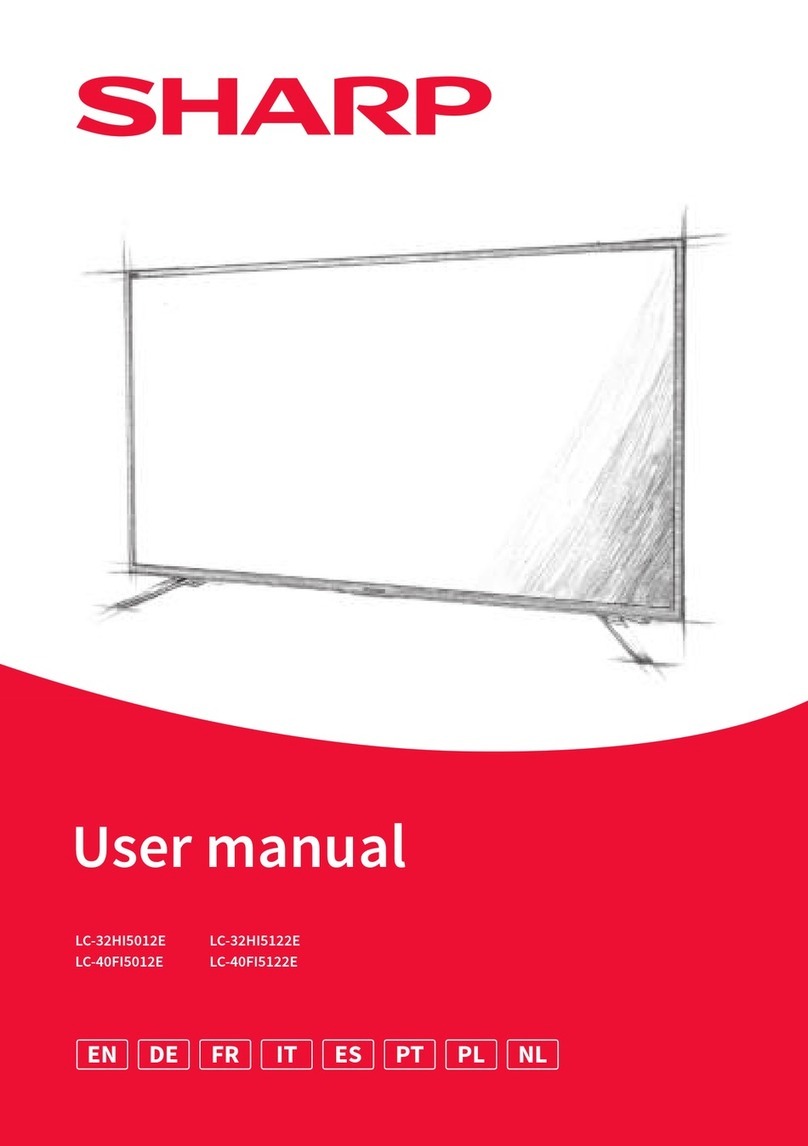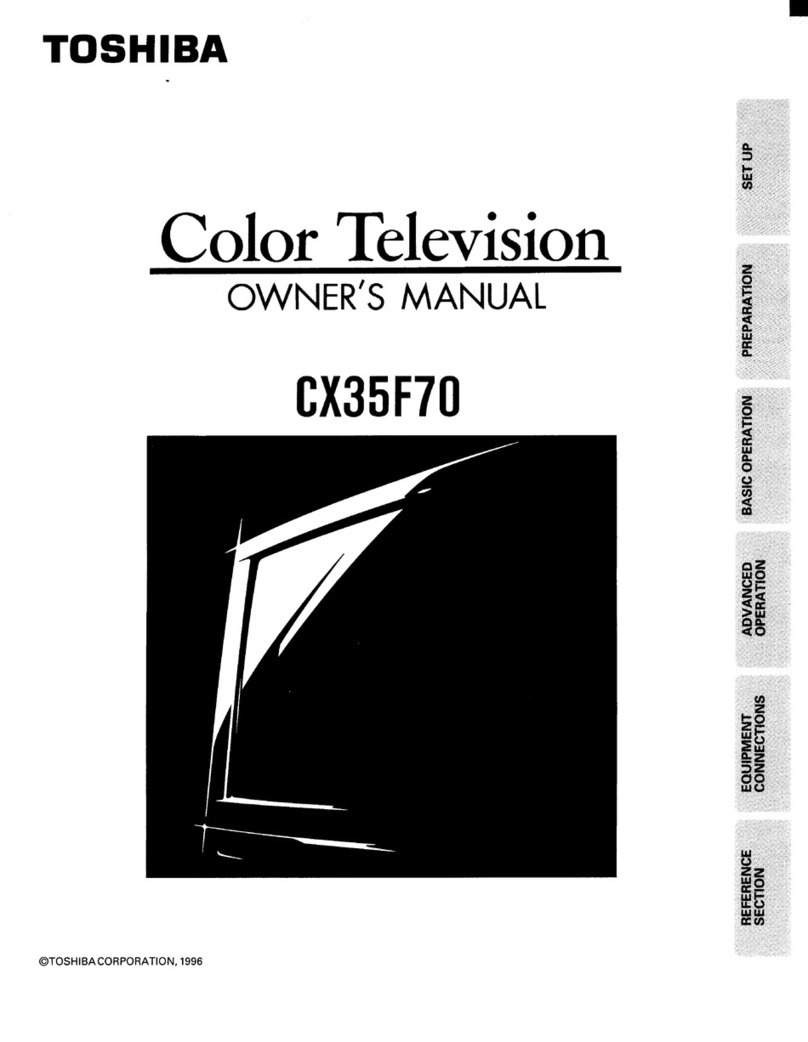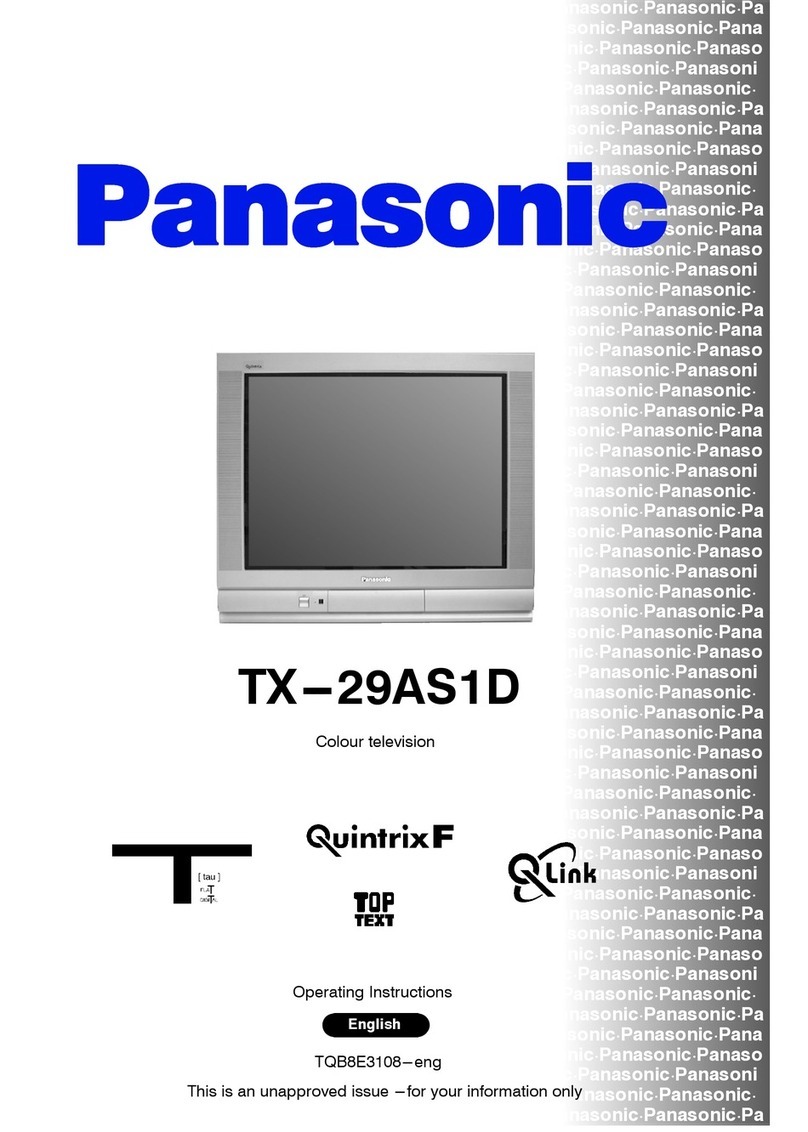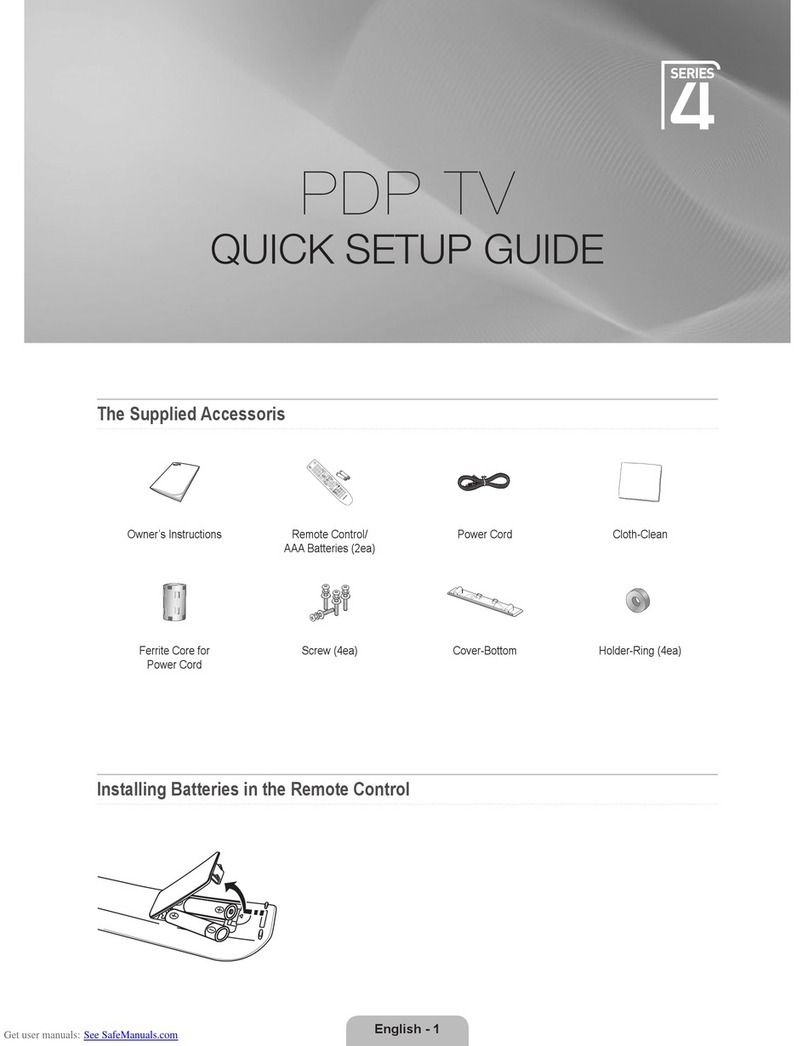Emerson
Radio
Par.
TABLE
OF
CONTENTS
SECTION
1—GENERAL
DESCRIPTION
Page
1
Facilities
3
2
Specifications
4
SECTION
2—INSTALLATION
LIST
OF
TABLES
Table
DESCRIPTION
Page
I
TubeComplements
3
II
ReceiverCharacteristics
4
III
AdjustmentsControlSettings
11
IV
GeneratorFrequencies_.._
14
V
Audio
I-F
Alignment
15
VI
Video
I-F
Alignment
16
VII
TunerAlignment
.-.17
VIII
DeflectionWaveformTestPoints
18
\
3
1
2
1
?
3
4
5
6
7
1
?
3
4
•>
6
7
8
ft
in
11
T>
13
SECTION
3—
OPERATION
SECTION
4 —
CIRCUIT
DESCRIPTION
General
...
Tuner
Video
Section
.
_ _ ..
Deflection
Section
,.
— , _ _
Power
Supplies
Intercarrier
Sound
—
Deflection
Yoke
and
Focus
Coil
Assembly
SECTION
5—
MAINTENANCE
AND
ALIGNMENT
ChassisRemoval
.„
KinescopeReplacement
Mechanical
Deflection
Adjustments
...
..«___,
Electrical
Deflection Adjustments
...
Alignment
Test
Equipment
-
Alignment
...
.,
. .
Voltage
and
ResistanceAnalysis
;
Deflection
CircuitWaveforms
Production
Changes
Secondary
Area
Reception
Cabinet
Parts
List
Chassis
Parts
List
4
4
5
5
5
7
8
8
9
9
10
10
10
10
10
10
11
14
14
17
17
19
21
21
22
Fig.
1-1
1-2
1-3
3-1
3-2
3-3
3-4
3-5
3-6
3-7
3-8
3-9
4-1
4-2
5-1
5-2
5-3
5-4
5-5
5-6
5-7
5-8
5-9
5-10
5-11
5-12
5-13
LIST
OF
ILLUSTRATIONS
DESCRIPTION
Page
FrontView
of
Chassis
120098B
3
TubeLocationDiagram
4
Video,
Audio,
and
OscillatorFrequencies
4
FrontPanelControls
_.
5
Test
Pattern,Correctly
Adjusted
6
TestPattern,
Tuning
Misadjusted
6
Test
Pattern,ExcessiveContrast
6
TestPattern,ExcessiveBrightness
6
TestPattern,VerticalHoldMisadjusted
6
TestPattern,Horizontal
Hold
Misadjusted
6
TestPattern,FocusMisadjusted
6
TestPattern,WeakSignal
6
Block
Diagram—Chassis
12O110B,120113B
7
Schematic
Diagram
of
Tuner
8
DeflectionYoke
and
FocusCoilAdjustments
CombinedMechanical
and
ElectricalCentering
11
FocusCoilAdjustments,MechanicalCentering
11
SchematicDiagramChassis120110B12,13
Rear
DeflectionAdjustments
14
GeneratorMatchingNetwork
14
ScopeDetectorNetwork
— 14
Location
of
AlignmentPoints
15
TunerAlignmentPoints
16
SideView
of
Tuner
17
Voltage
and
ResistanceDiagram
18
Sweep
CircuitWaveforms
19
High
Voltage
PowerSupply,Chassis120113B
20
BottomView
of
Chassis
21
